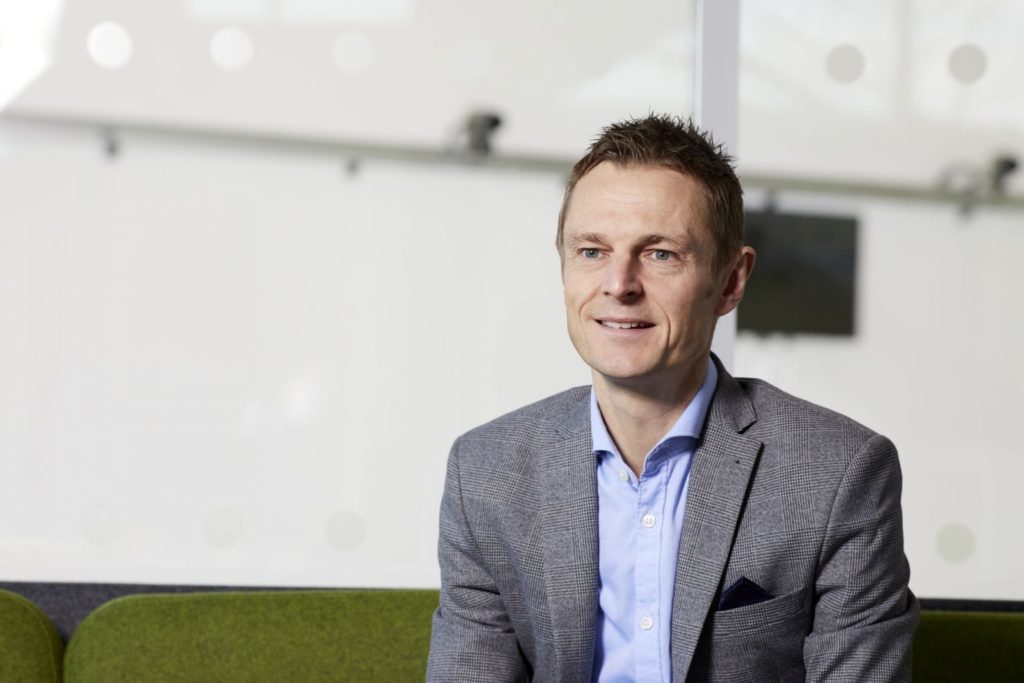Physical activity experts from Sheffield Hallam University’s Advanced Wellbeing Research Centre (AWRC) at Sheffield Olympic Legacy Park, have advised the Australian government on how to increase physical activity levels in the country.
Researchers based at the AWRC have supported the development and content of the Getting Australia Active guide which is now being shared with policy makers across the Australian government.
Professor Robert Copeland and Dr Katie Shearn, were invited to contribute to the national initiative led by researchers at The Australian Prevention Partnership Centre and the University of Sydney with funding from the Australian Government’s Medical Research Future Fund.
Rob and Katie were approached due to the internationally renowned work of Move More Sheffield, a city-wide partnership with the aim of creating a culture of physical activity to improve the health, wellbeing and quality of life of everybody living in the city.
Move More is part of the National Centre of Sport and Exercise Medicine (NCSEM) in Sheffield, a London 2012 Olympic Legacy programme whose research hub is located at the AWRC.
The AWRC is a global centre for research and development in physical activity and is dedicated to improving the health and wellbeing of the population through innovations that help people move.
Dr Katie Shearn is a researcher co-located at the AWRC, whose focus is on system change to promote population health and wellbeing. Katie has been working on the evaluation of various whole systems approaches to physical activity in England, supported by Sport England, including Greater Manchester Moving, You’ve Got This (Sport England Local Pilot in South Tees) and Move More Empowering Communities in Sheffield.
Dr Shearn said: “Being active is essential for our mental and physical wellbeing and its importance has jumped up the agenda of governments around the world during the coronavirus pandemic.
“Physical activity in different countries varies for myriad reasons – culture, environmental, demographics – but what is similar is ensuring the needs and motivations for different communities are met by building capacity within places to generate the conditions for sustainable change.
“Solving the problem of inactivity requires leaders across various policy areas to collaborate, facilitate new approaches which tackle inactivity at its root and transform governance and accountability structures to support place-based working.
“These resources offer a practical guide for policy makers in Australia to make decisions to help meet the World Health Organisation’s targets for increasing physical activity globally.
“The principles included within them are relevant and applicable in countries across the developed world.”
Professor Robert Copeland, Director of the AWRC said: “It is really fulfilling to be able to share with colleagues in Australia our experiences and insight from the work we have done with Move More in Sheffield.
“Creating the conditions that make it easy for people to be active everyday has to be the priority for governments across the globe and I’m delighted that we were able to play a small role in doing this as part of the Australian Prevention Partnership Centre at the University of Sydney.”
